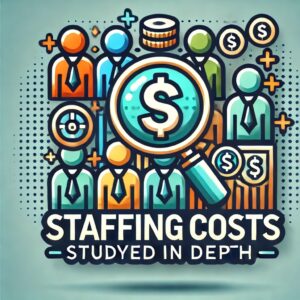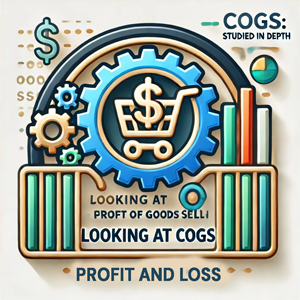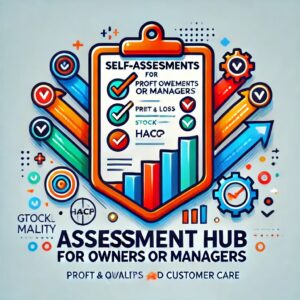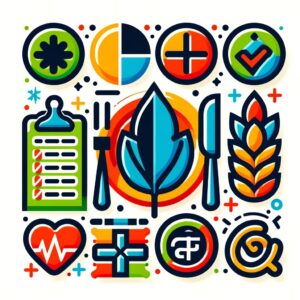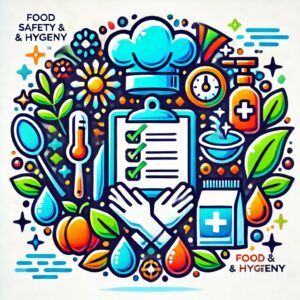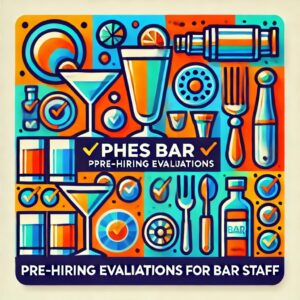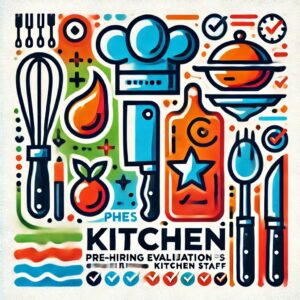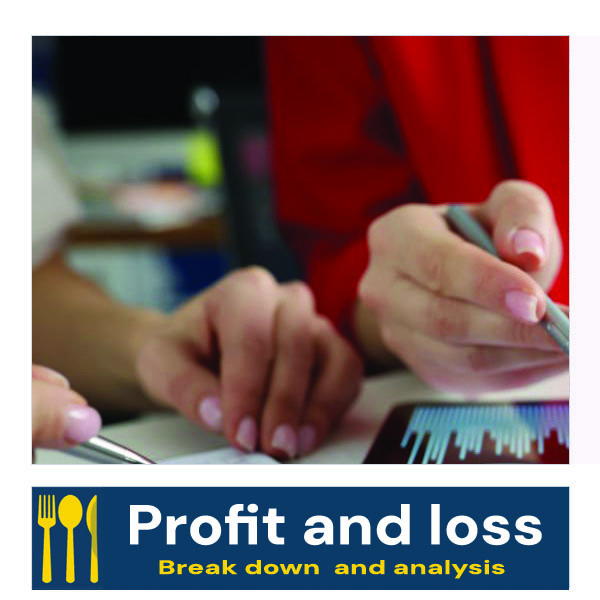"The Cost of Business as Usual: Managing Operating Expenses"
LITTLE THINGS
ADD UP TO HUGE
HIDDEN COSTS
From Paperclips to Power Bills: A Deeper Look at Operating Costs
Operating supplies are the items and materials used in the daily operations of a restaurant, excluding food and beverage ingredients. They are necessary for maintaining the restaurant’s functionality, hygiene, and service quality. Managing operating supplies efficiently is crucial for controlling costs and ensuring smooth operations.
Components of Operating Supplies:
Cleaning Supplies:
Sanitizers and Disinfectants: For cleaning surfaces, utensils, and equipment to meet health and safety standards.
Cleaning Tools: Mops, brooms, scrubbers, and brushes used for daily cleaning.
Paper Products: Paper towels, napkins, and toilet paper.
Kitchen Supplies:
Cooking Utensils: Spatulas, tongs, ladles, and whisks.
Pots and Pans: Various sizes of pots, pans, and baking trays used in food preparation and cooking.
Food Storage Containers: Containers for storing ingredients and leftovers.
Service Supplies:
Tableware: Plates, bowls, cutlery, glasses, and mugs.
Serving Utensils: Serving spoons, tongs, and pitchers.
Condiment Dispensers: For sauces, salt, pepper, and other condiments.
Bar Supplies:
Glassware: Wine glasses, beer mugs, cocktail glasses, and shot glasses.
Bar Tools: Shakers, strainers, stirrers, and bottle openers.
Napkins and Coasters: For use in the bar area.
Takeout Containers: For customers who take food to go.
Cutlery and Plates: Disposable versions for takeout or special events.
Straws and Stir Sticks: For beverages.
Office Supplies:
Menus: Printed or digital menus used for customer orders.
Order Pads: For servers to take orders.
Stationery: Pens, notepads, and receipt paper.
Miscellaneous Supplies:
First Aid Kits: For handling minor injuries in the kitchen or dining area.
Uniforms: Aprons, chef coats, and other staff clothing.
Managing Operating Supplies Costs: Inventory Management:
Track Usage: Regularly monitor the usage of operating supplies to avoid over-ordering or running out of essential items.
Reorder Levels: Set minimum reorder levels to ensure that supplies are ordered in time to prevent disruptions.
Cost Control: Bulk Purchasing: Purchase commonly used supplies in bulk to take advantage of lower prices.
Supplier Relationships: Build strong relationships with suppliers to negotiate better prices or terms.
Compare Suppliers: Regularly compare prices from different suppliers to ensure you are getting the best deal.
Efficient Use:
Train Staff: Educate staff on the proper use and handling of supplies to minimize waste.
Reduce Waste: Implement practices to reduce waste, such as using reusable items where possible and conserving cleaning products.
Allocate a Budget: Set a budget for operating supplies and track expenses to ensure they stay within this budget.
Analyse Costs: Regularly review operating supply expenses and analyse trends to identify opportunities for cost savings.
Regular Audits: Conduct regular audits of inventory to ensure accuracy and identify any discrepancies or issues with supply usage.
Impact on Restaurant Operations:
Operational Efficiency: Proper management of operating supplies ensures that the restaurant runs smoothly and efficiently, with all necessary items readily available.
Customer Experience: High-quality service and a clean environment enhance the customer experience. Proper use of service supplies and cleaning products helps maintain high standards.
Cost Management: Efficient handling of operating supplies contributes to controlling overall costs and improving profitability.
Conclusion:
At Dinewise we understand the numbers. By studying your P&L we will be able to advise you and help on this issue too. This is without a doubt another area where our expertise plays a huge role.
Operating supplies are a vital part of restaurant operations. Careful use and management of these supplies really can produce some eye watering savings.
After Unveiling Some Operating Expenses: Where Can You Save Without Sacrificing ?


